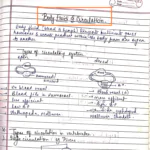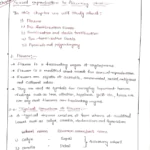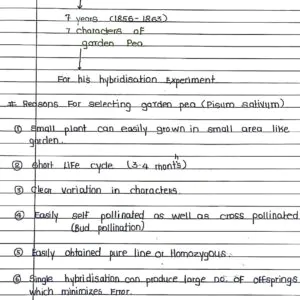Description
Here is a concise outline of the key topics covered in the chapter “Morphology of Flowering Plants” for Class 11 Biology, tailored for NEET preparation:
Root
Types of roots (taproot, fibrous root, adventitious root)
Regions of the root (root cap, meristematic zone, elongation zone, maturation zone)
Modifications of roots (storage roots, respiratory roots, aerial roots, etc.)
Stem
Types of stems (herbaceous, woody)
Structure of the stem (nodes, internodes, buds)
Modifications of stems (tubers, rhizomes, corms, stolons, runners, etc.)
Leaf
Parts of a leaf (lamina, petiole, stipules, midrib, veins)
Types of leaves (simple, compound)
Phyllotaxy (alternate, opposite, whorled)
Venation (reticulate, parallel)
Modifications of leaves (tendrils, spines, storage leaves, etc.)
Inflorescence
Types of inflorescence (racemose, cymose)
Flower
Parts of a flower (sepals, petals, stamens, carpels)
Types of flowers (complete, incomplete, bisexual, unisexual)
Floral symmetry (actinomorphic, zygomorphic)
Floral formula and diagram
Fruit
Types of fruits (simple, aggregate, multiple)
Classification of fruits (fleshy, dry)
Seed
Structure of dicot and monocot seeds
Types of seeds (albuminous, exalbuminous)
Germination (types and process)
Modifications and Adaptations
Various plant parts adapted for different functions (storage, support, reproduction)
Families
Description and examples of important plant families (Fabaceae, Solanaceae, Liliaceae)
These topics cover the fundamental aspects of the morphology of flowering plants, essential for understanding plant structure and functions, and preparing for NEET





















Reviews
There are no reviews yet.